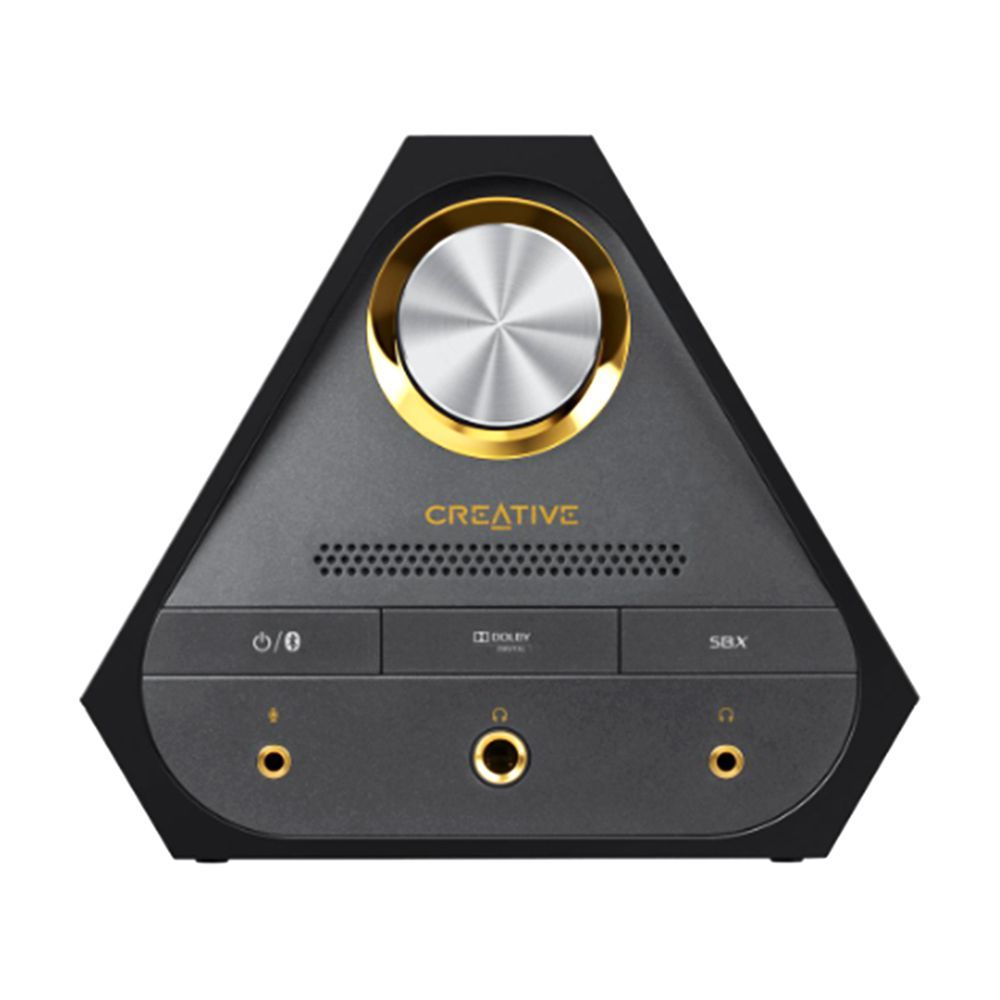

* If you buy through links on our site, we may earn an affiliate commission. USB External Sound Card, VANDESAIL USB2.0Ĭreative Sound Blaster X7 High-Resolution USB DAC 600 It will not be able to power a condenser mic, in addition, internal sound cards are NOTORIOUS for recording interference.Creative Sound BlasterX G5 7.1 Headphone Surround HD Audio External Sound Cardħ.1 USB Audio Adapter External Sound Card If you are planning to record, the internal sound card will not simply suffice.

Most basic sound card will probably just present the audio flat to you. Which one was the flattest and natural? I don't know. Each would do different Eq'ing behind the scenes.
EXTERNAL SOUND CARD FOR LAPTOP MUSIC PRODUCTION MOVIE
For example my old creative x-fi card has game mode, music mode, and movie mode. So your sound card CAN change what you the producer hears as you produce. Your sound card takes that audio and processes it any way it wants and converts to analog output. At the end of it all it takes the final master buffer of audio and exports it to file, or gives it to your sound card to play. Meaning your CPU does all the work to run the synths and effects. It only handles audio output and input.aka what you hear.Īudio processing of DAW is done totally in "software". Sound card has no affect on the audio processing of a DAW, or on the music you export from that DAW. As a first step, getting a good sound interface should make the biggest difference and from there you can fine-tune your needs. I will echo statements that just having a good CPU, fast SSD and decent amount of RAM should do the trick otherwise for your purposes. That said, the addition of a good external sound interface to a laptop can make audio production and performance much better quality. So, you may notice that music you create using a built-in laptop DAC sounds different when recorded and replayed through a high-quality DAC.Īlso, the nature of the power supply for the audio interface (in the case of a built in laptop, this shares the system's PSU, which is typically not designed ideal for audio and may generate interference and noise as well) and the shielding of the components will be important considerations as well in the quality of an audio interface.Ĭonclusion: Get a good sound interface, work from there This can include distortion, noise, delay, jitter, and various forms of digital filtering. If your DAC is of poor quality, you will get a less-than-true rendering of the audio you're creating through your speakers.

The DAC is important for you listening to music as you create it. External sound cards tend to have their own DAC, and these are generally higher in quality than those that ship with the computer.

So, while in your home studio the latency may not be noticeable, once recorded and played on a studio setup you may notice beats and other artifacts to seem slightly off.Ī good digital analog converter is expensive, and for this reason laptops and mobile devices are often lacking in quality of their DACs. <10ms is usually imperceptible, but on high-quality studio soundsystems or PA systems the latency of 20-50ms can start to become noticeable. When an interface has latency, music production might suffer when you are merging different tracks or attempting to match beats DJing etc. For example, a built-in laptop sound card might have a latency of 20-50ms, while an external card made for audio work can have a latency of <10ms or even <5ms. The main issue with laptop sound cards is latency of the interface. The built-in sound card on a laptop often ranges between very poor quality to decent, but generally they are not high quality for two reasons: DAC and Latency.


 0 kommentar(er)
0 kommentar(er)
